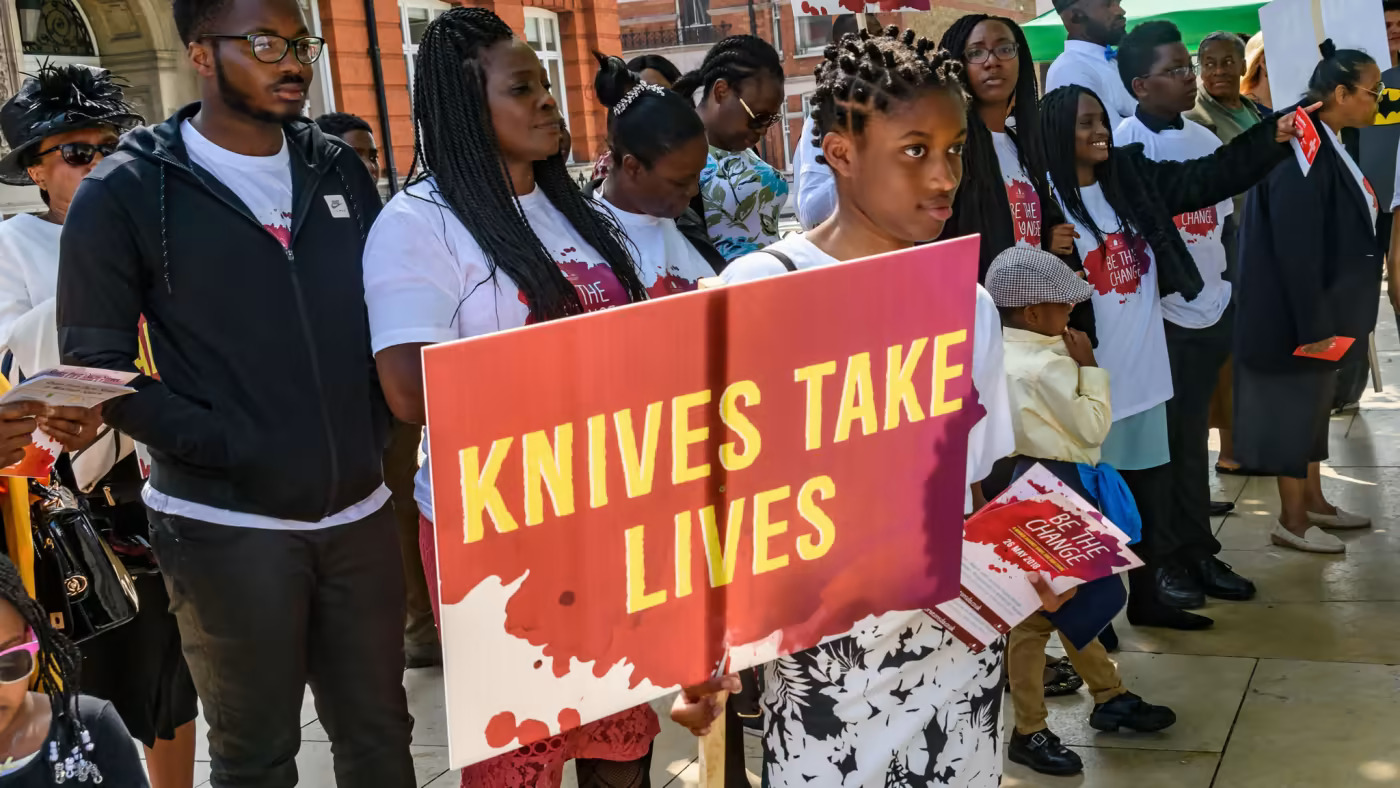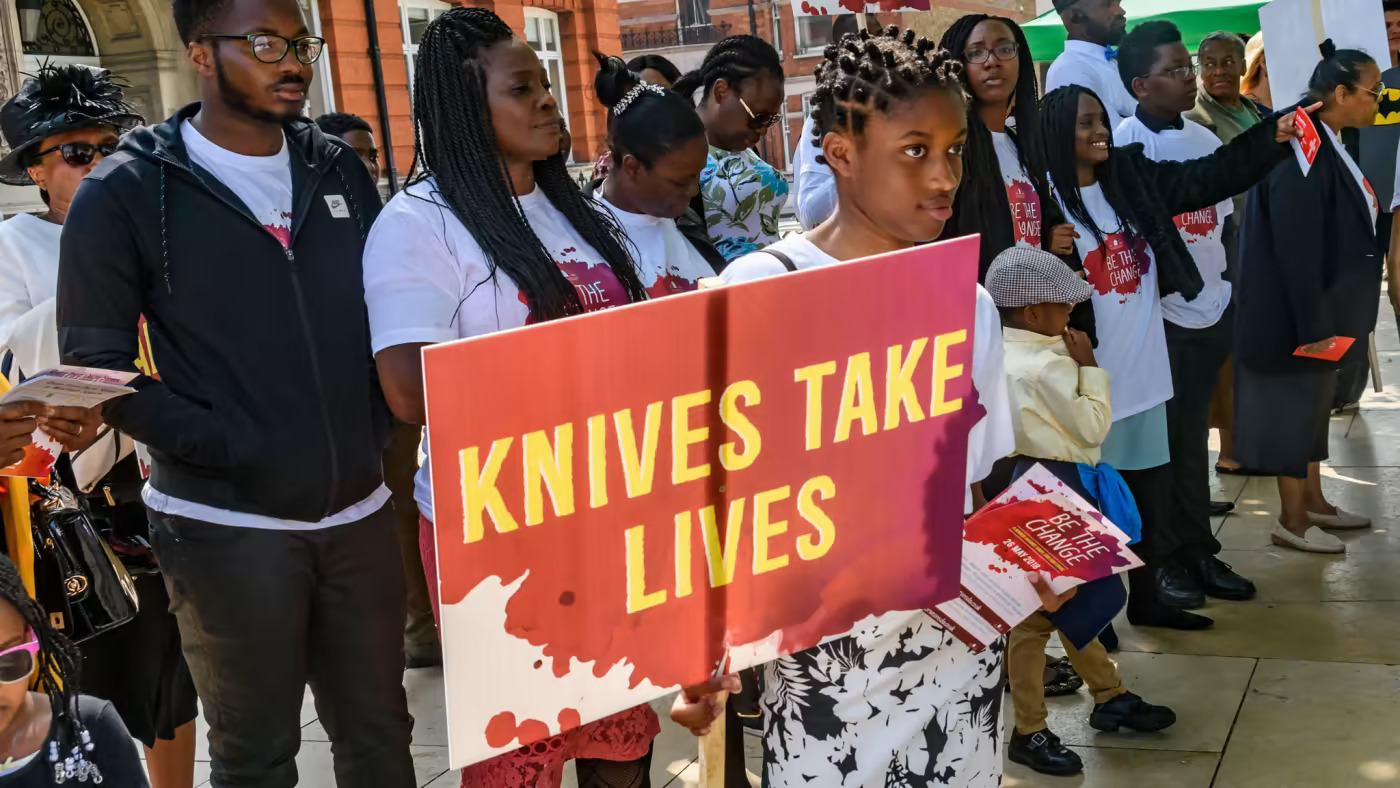
By Om Nair, Stentorian Editor-in-Chief
On June 5, 2024, the High Court Division of the Supreme Court of Bangladesh (responsible for exercising jurisdiction in civil and criminal matters) reinstated the job quota that reserves a large portion of jobs for the descendants of freedom fighters. This was subsequently met with backlash, with six universities peacefully protesting against the quota ruling. The quota system in Bangladesh has been a contentious topic for several years and has just spiked in controversy due to civilians’ recent protests in the past couple of months.
This controversial system, according to an article published by The Hindu Bureau, declares that roughly 30 percent of government jobs will be reserved for the children and grandchildren of freedom fighters (or, more specifically, the soldiers who fought for the nation’s independence in the Bangladesh Liberation War). Previously abolished in 2018 following similar protests, the quota system was seen as unjust and discriminatory with numerous citizens believing that several civilians would be placed at a disadvantage due to their “not-so-favorable lineage.”
After the holiday season, several clashes between police officers and students took place, mostly on July 10-17. Blockades were placed, officers were positioned to keep students out, and universities were closed.
But, the most notable incident that took place occurred on July 18-19, when the police clashed with BRAC University students on the streets of Badda, as student protestors allegedly vandalized a police box and torched multiple motorcycles in Rampura as the violence spilled over to the Rampura Bridge.
This incident quickly escalated with many officials retaliating with lethal weapons. Police officers started to use tear gas, rubber bullets, and even live ammunition. Multiple students were harmed as a result, with at least 17 reported deaths resulting in the aftermath according to a report published on Al Jazeera‘s Website.
Videos and documented reports have surfaced indicating that officers used firearms, particularly an AK-pattern assault rifle, during the height of the protests. Many human rights organizations (such as Amnesty International, a human rights non-governmental organization) deemed these actions as highly inappropriate and dangerous given the context of these situations.
Emphasizing that the actions of the security forces were alarming and violated basic human rights, United Nations’ chief Volker Turk reacted to these events by calling for restraint and disapproving of the violence taken against the university’s students.
Soon after the event, law enforcement filed cases against hundreds of protestors, with documents detailing arrests and legal actions. The authorities inflicted several communication restrictions, targeting internet and social media access to control the spread of information and prevent the coordination of continued protests.
This action was condemned by many journalists and news outlets, saying that this can produce harmful consequences. When people aren’t able to interact with each other freely, they may feel isolated and oppressed, which can spark more fire in protestors and thus lead to more aggressive demonstrations. Moreover, timely communication is necessary for coordinating responses to emergencies, like medical needs for injured individuals.
While there have been many discussions about revising or even abolishing the quota system in Bangladesh, the federal government has not expressed any intention to eradicate (or lessen the effects) of the quota system.
Ultimately, the protests surrounding the Bangladesh quota system are dynamic and have resulted in a multitude of casualties. These demonstrations show no sign of calming down, and can very well lead to a more drastic outcome. One can only hope that an agreement is reached between the protestors and the federal government, so that these events reduce in its brutality and magnitude.


